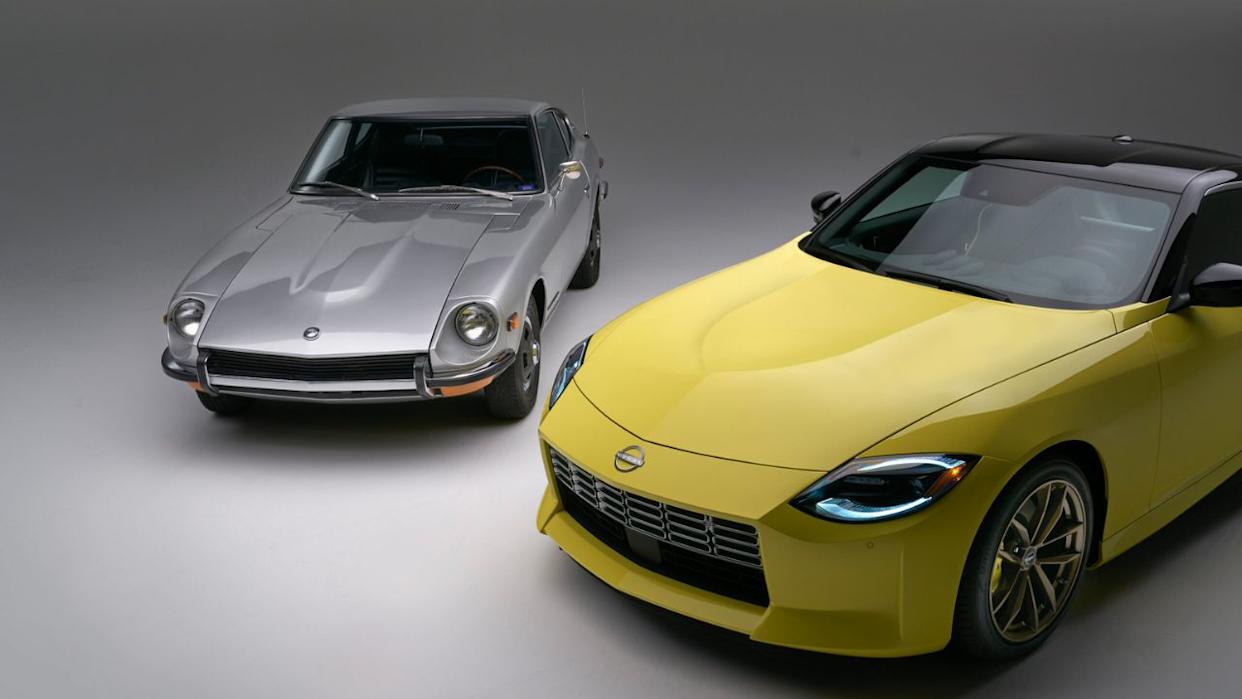
When Nissan introduced the Z-car at the tail end of the 1960s, the sound of jaws dropping echoed across the globe. The original Datsun 240Z wasn't revolutionary on paper; in fact, it was just a simple inline-six engine in a sleek body. Behind the wheel, it felt like magic, a perfect blend of style, balance, and driver-focused fun.
It combined Japanese reliability and affordability with sleek design and sharp handling, shaking up the sports car world in a way few expected. The 240Z was so well-executed that it forced the competition to step up their game or risk looking like over-caffeinated aristocrats constantly needing therapy.
Now, more than 55 years later, the Nissan Z is still going strong. And while the early cars from the '70s have traded "budget-friendly" for "collector status" (and prices that make you weep), the Z legacy continues to inspire a whole new generation of enthusiasts who probably still dream of pulling off that scene from Fast & Furious.
It’s Called Fairlady Z In Japan
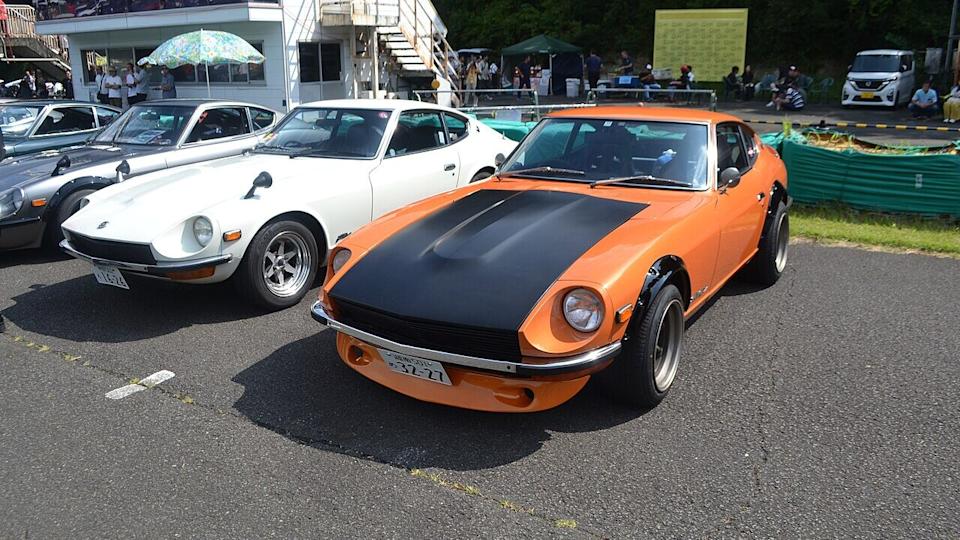
Outside of Japan, Nissan’s beloved Z sports cars are named using a number followed by the letter “Z.” You know the drill: 240Z, 300ZX, 350Z, and so on. They changed this strategy for the latest model, which is called the Nissan Z, probably because they ran out of numbers or someone finally realized "400Z" sounds a bit too much like a computer from 1990.
JDM Z models, however, are often referred to as Datsun or Nissan Fairlady. The Fairlady moniker originated in 1961 when Katsuji Kawamata, then-president of Nissan, learned about the successful My Fair Lady Broadway musical. He believed naming the sports car Fairlady would make it as popular as the musical. Seriously.
The Datsun 240Z Wasn’t The Brand’s First Sports Car
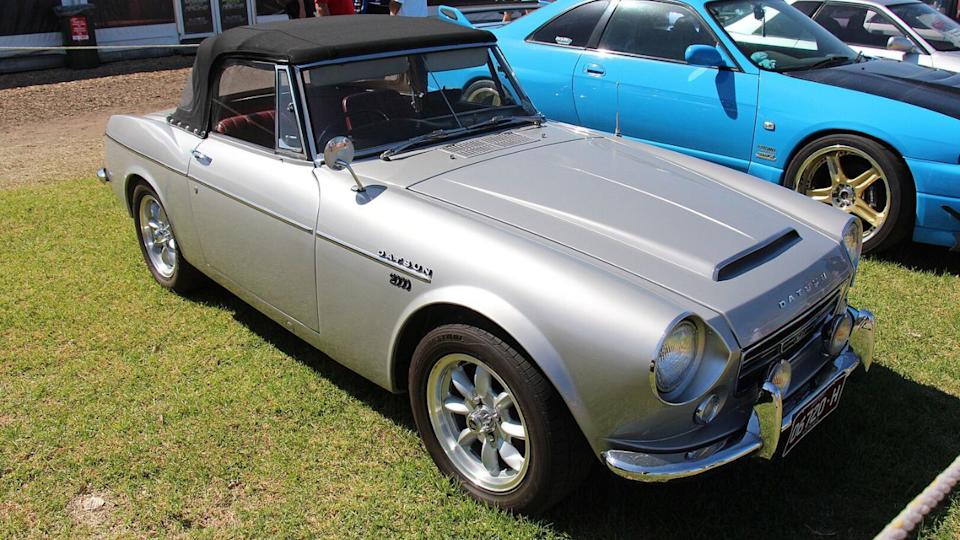
Datsun introduced the 240Z on the American market in 1970, but this wasn’t the brand’s first attempt at making a sports car. Their early efforts were more like a garage band trying to open for Led Zeppelin — earnest, but not quite there.
In 1959, Datsun introduced the Sports 1000 roadster, sold as the Fairlady 1000 on the Japanese market. It only had a 1.0-liter four-cylinder engine and was never a massive success in the North American market because, well, "Sports 1000" probably meant 1000cc of disappointment.
However, Datsun didn’t give up, and the little sports car grew stronger with time. In 1963, there was the Sports 1500 with an 85-horsepower 1.5-liter engine, which was succeeded by the Sports 1600 and Sports 2000. These are the cars that paved the way for the Z legacy, slowly figuring out that Americans wanted more than just reliability — they wanted oomph. Chutzpah!
The 240Z Was Hugely Successful In The States
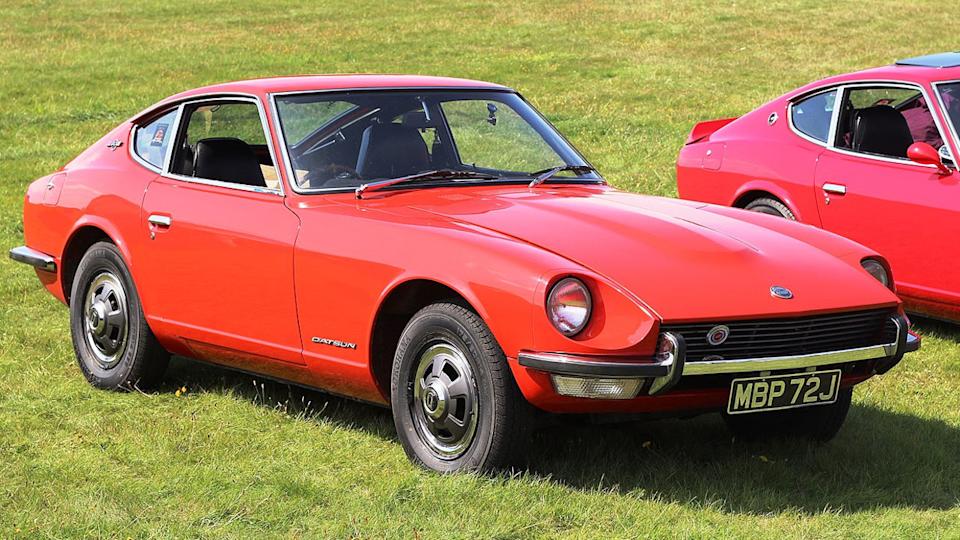
When the Datsun 240Z arrived in the United States, it was an immediate and undeniable success. It looked like the Jaguar E-Type and offered much better reliability at a far cheaper price, without sacrificing a proper driver-focused handling experience. It was the value proposition that slapped the established sports car world in the face.
During its first year on the US market in 1970, Datsun sold over 16,000 240Zs. The following year, sales more than doubled to 33,682 units and continued to improve over time. 1973 was the last year for the 240Z, and a whopping 46,282 units were sold, bidding the car a hefty farewell. Dollar-for-dollar, it punched above its weight class like a featherweight with brass knuckles.
There Was A Rare Datsun Fairlady Z432
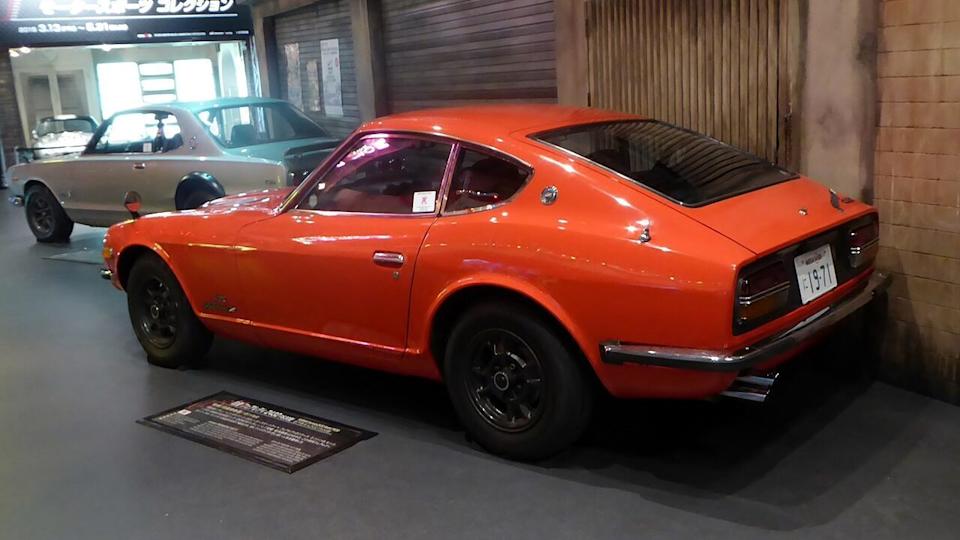
When Nissan saw the popularity of the Fairlady Z, they quickly decided to build a high-performance version that weighed less and produced more power, because, as the saying goes, "more power" is always the answer. It was known as the Z432.
They produced only 420 of the Z432 cars, a number so small that it makes limited editions look commonplace. And, for homologation purposes (because racing rules car manufacturers do weird and awesome things), another 50 of the even more special Z432R were produced. The engine was the same glorious 2.0-liter S20 straight-six unit as found in the legendary Skyline 2000 GT-R, complete with a racing pedigree. The Z432’s name refers to its four valves per cylinder, 3 Mikuni carburetors, and two camshafts. Sounds like a cheat code for speed, right?
The Z432 is now a highly desirable vintage JDM car, so buying one requires exceptionally deep pockets, probably because you’re bidding against Saudi princes and Tokyo drift kings.
The Datsun Z Kept Growing But Didn’t Get Faster
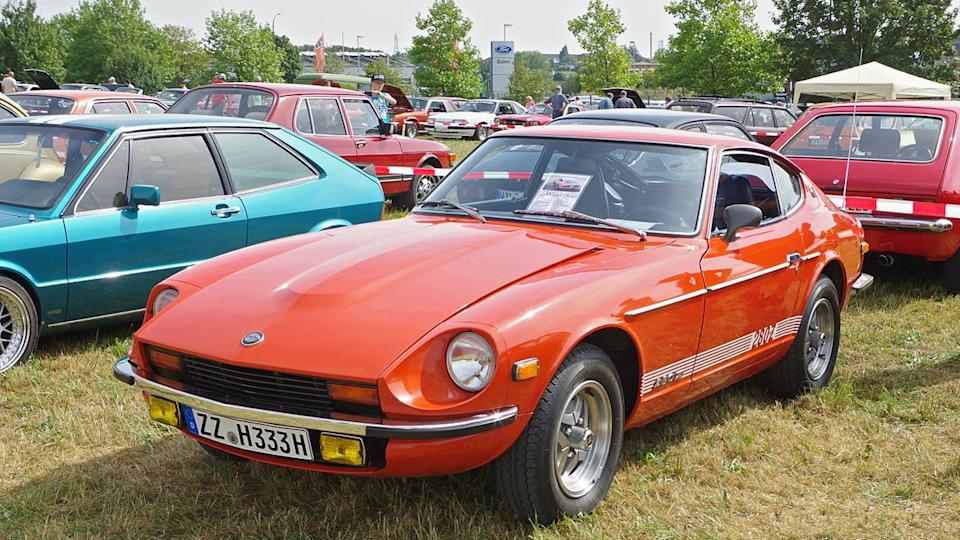
When the Z car was first introduced, it featured a 2.4-liter inline-six SOHC 12-valve engine that produced 151 hp, sufficient to accelerate from 0 to 60 mph in a respectable 7.8 seconds. But then the 70s happened. In 1974, the 240Z "grew" to become the 260Z. Even though the engine now had a 2.6-liter displacement, those lovely things called "emission controls" meant it only produced 139 horsepower — less power from more displacement! It was the automotive equivalent of gaining weight but losing muscle.
Nissan also introduced a new 2+2 model that was physically bigger than the regular 2-seater, making it even heavier and slower. In 1975, the engine grew even larger, now measuring 2.8 liters in the 280Z. Even with early fuel injection, it only made 149 horsepower, proving that bigger wasn't always better, especially when the government was trying to strangle your engine. The Z was gaining weight faster than a college freshman after orientation.
The 280Z Turned Into The Far Less Attractive 280ZX
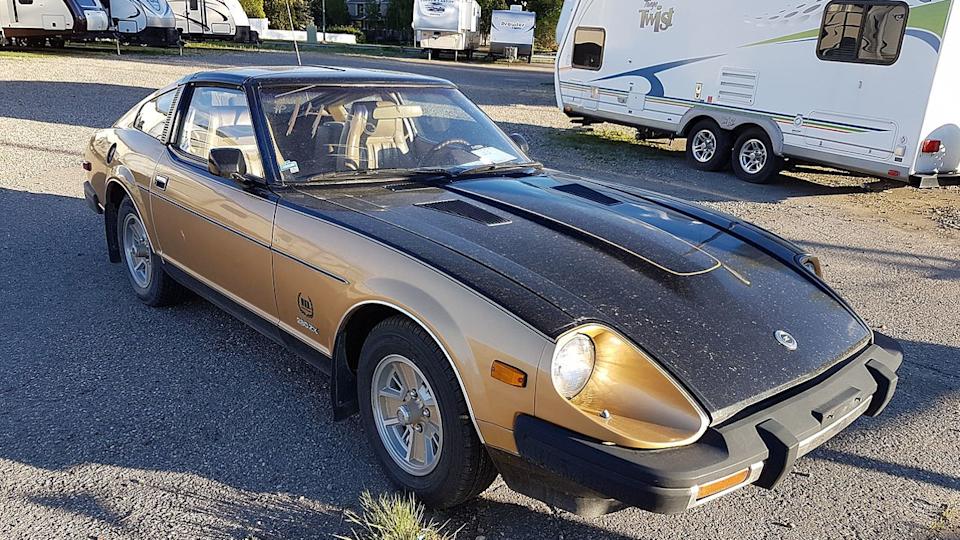
Production of the first-generation Z car ended in 1978, but sales remained strong, with over 70,000 280Zs introduced to American roads in 1977 alone. However, customers (or so Nissan thought) wanted more luxury and opulence in the late 1970s, so the sleek 280Z was replaced by the... well, the 280ZX.
At first glance, the two looked vaguely similar, but the 280ZX was physically bigger, heavier, and objectively didn't look as good. It was as if the 240Z had hit puberty and become awkward. Only the 2.8-liter engine and 5-speed manual gearbox were carried over from the 280Z; everything else was new, and not always for the better.
With just 135 hp, the 280ZX needed a glacial 11 seconds to reach 60 mph. My grandpa’s Buick could probably beat that. Nissan built a land yacht that vaguely resembled a sports car.
Then It Evolved Into The Vastly Improved 280ZX Turbo
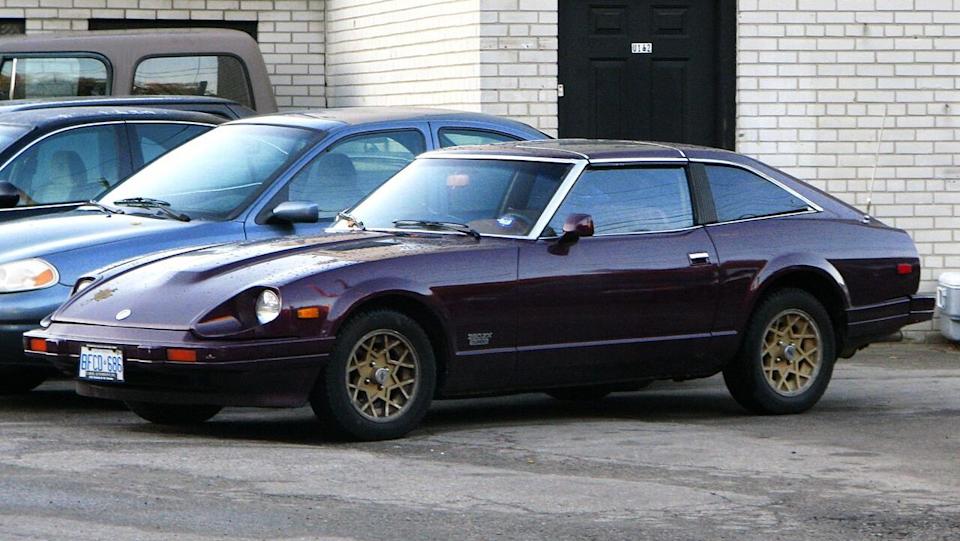
The original 280ZX was heavy, aesthetically questionable, and slow. Luckily, Nissan realized it had messed up (eventually), and in 1981, the Datsun 280ZX Turbo was introduced. It was still an ugly heavyweight, but at least it gained some much-needed power. It was like Nissan took a brick and decided to bolt a hairdryer to it.
With a Garrett turbo forcing more air into the engine, the 280ZX Turbo became the most powerful Z car yet, producing a mighty 180 horsepower. That meant it would reach 60 mph in just over 7 seconds, which was considered "very decent" in those days, revealing everything you need to know about 80s performance.
After 1981, the Datsun name was finally retired from the US market (good riddance, as it had been confusing), and the 280ZX itself was discontinued after the 1983 model year. It eventually learned how to run, but still stumbled.
The First 300ZX Wasn't Particularly Good

In 1984, the all-new Nissan 300ZX (Z31) arrived, and honestly, it wasn’t the massive improvement over the 280ZX that buyers were hoping for. Styling-wise, it was all straight lines and pop-up headlights; Nissan couldn’t have made a more 80s-style car if they’d tried to put a Rubik's Cube on wheels. It screamed "Miami Vice" but drove more like a polite accountant.
The inline-six engine was controversially replaced by a 3.0-liter SOHC V6 that churned out 160 horsepower. Those who opted for the turbo model now had 200 horsepower at their disposal. I say "play with," but in reality, the first-gen 300ZX was pretty dull in street form, even if it had decent power and handling for the time. However, when stripped down and turned into a race car (like Paul Newman’s infamous IMSA beasts), the 300ZX proved quite a competitor, hinting at the potential Nissan had buried under layers of 80s cheese.
Paul Newman Raced Nissan Z Cars
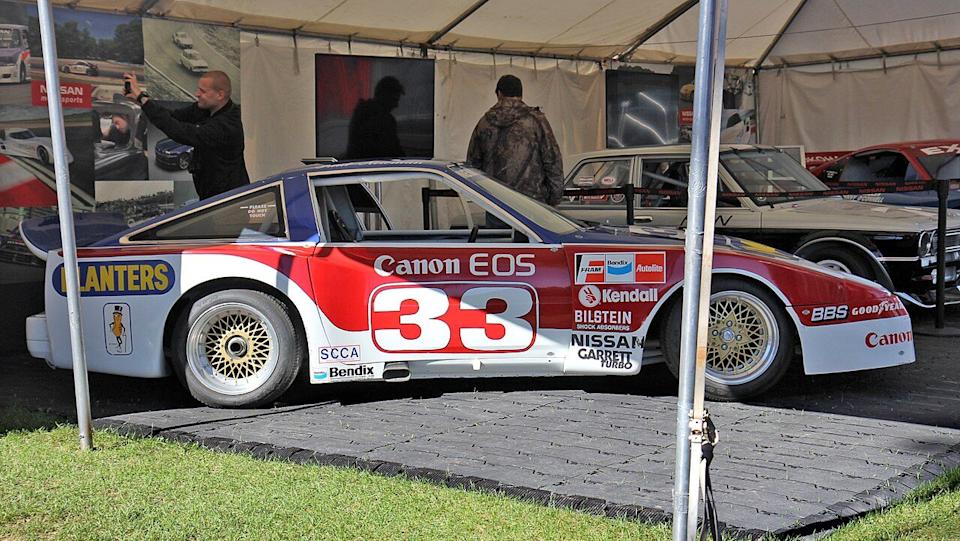
Speaking of the dude... To the average Joe, Paul Newman is best known for his acting, his piercing blue eyes, and maybe his salad dressing. True dyed-in-the-wool car enthusiasts think of him as a race car driver first, an actor second, and a salad dressing magnate third.
During his long and illustrious racing career, Newman was behind the wheel of multiple Datsun/Nissan cars, including a monstrous 900+ hp twin-turbo V8 Nissan 280ZX that probably scared even him. He famously won the 1986 IMSA GT-1 Championship in a Nissan 300ZX, proving the Z31 had racing chops even if its street version was a bit dull. He continued driving a 1987 Nissan 300ZX in the 1988 Trans-Am series, which was the last year he raced a Nissan.
The man made driving fast look effortlessly cool, just like everything else he did. Well, except the salad dressing thing — that was questionable.
The Second-Gen 300ZX Was High-Tech Awesomeness
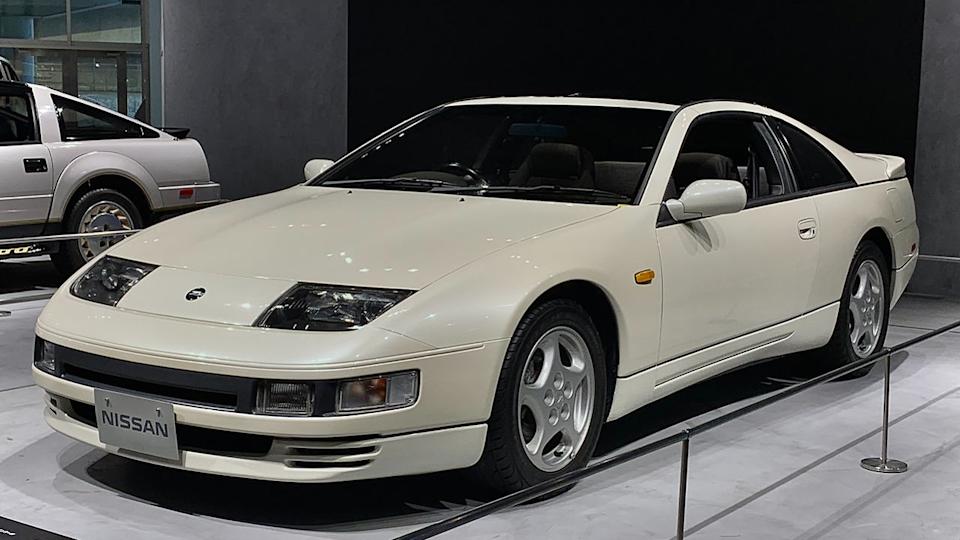
While the first-gen 300ZX (Z31) was a bit of a letdown in many ways, its successor, the brand-new Z32 300ZX that emerged in 1990, was pure automotive high-tech awesomeness. It was as if Nissan had decided to inject every bit of tech juice they had. It had a sophisticated multi-link suspension setup, HICAS rear-wheel steering (because why turn two wheels when you can turn all four), and a technologically advanced twin-turbo engine was also available.
Nissan kept making both a 2-seater and a 2+2 version, but this was the first time (very short) people could actually use those rear seats and not just to store groceries. Unfortunately, the 2+2 was only available with the naturally aspirated V6, which still packed a respectable 222 hp — more than any of the previous turbocharged models!
The Z32 was heavy and complex, but it was an authentic grand tourer, and it looked like nothing else on the road.
The 300ZX Turbo Was An Instant Hit With Japanese Street Racers
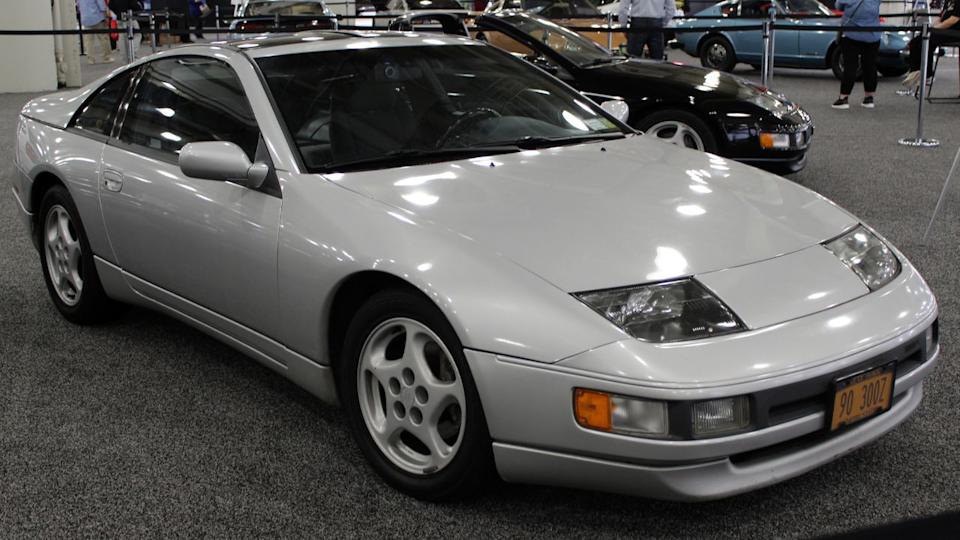
Those willing to sacrifice the "useless" rear seats could spec their 300ZX with the excellent twin-turbocharged 3.0-liter V6 DOHC engine. While the naturally aspirated version was decent enough, the added turbos turned it into an absolute monster, producing a healthy 300 hp in stock form.
Japanese tuners soon realized the Z32’s true potential, and after working their magic on the engine, they routinely more than doubled the power. One such company was Revolfe S.A., which famously built a 680-horsepower car that was a common sight on Tokyo’s highways when the infamous Midnight Club did their VMax runs. If you know, you know. The Z32 Turbo wasn't just a car; it was a weapon for the enlightened.
The 350Z And 370Z Went Back To Basics
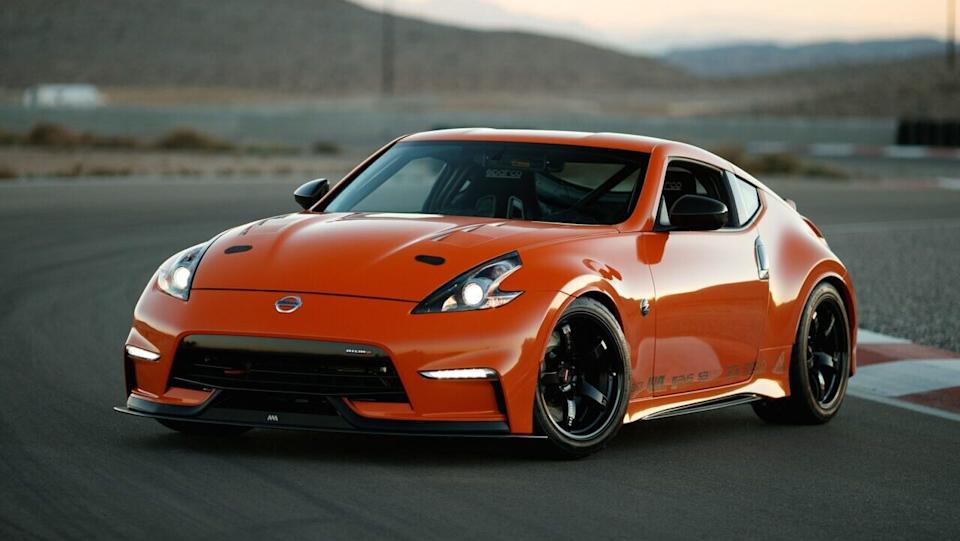
Nissan didn’t sell any Z cars in the States from 1997 until the 350Z (Z33) was introduced in 2003. After the Z32's increasing complexity and cost, Nissan hit the reset button, essentially saying, "Let's make a real sports car again, but cheaper!" Unlike its predecessor, the 350Z wasn’t a high-tech flagship model. Instead, Nissan raided its parts bins like a kid in a candy store and cobbled together one of the best affordable sports cars of the 2000s.
Gone were the rear-wheel steering, fancy tech, and turbochargers. Instead, the 350Z went back to basics, powered by a naturally aspirated VQ35DE V6 (whose exhaust note was either glorious or a dying vacuum cleaner, depending on the muffler). It had more in common with the original 240-280Z than the 1980s and 1990s models. Its replacement, the 370Z (Z34), featured an even larger 3.7-liter VQ37VHR engine, which was smaller and lighter than the one in the 350Z.
If you're looking for an affordable Japanese sports car that sounds exotic and responds like a go-kart, one of these could be what you're looking for.
The Latest Nissan Z Offers Retro Style And Fancy Tech
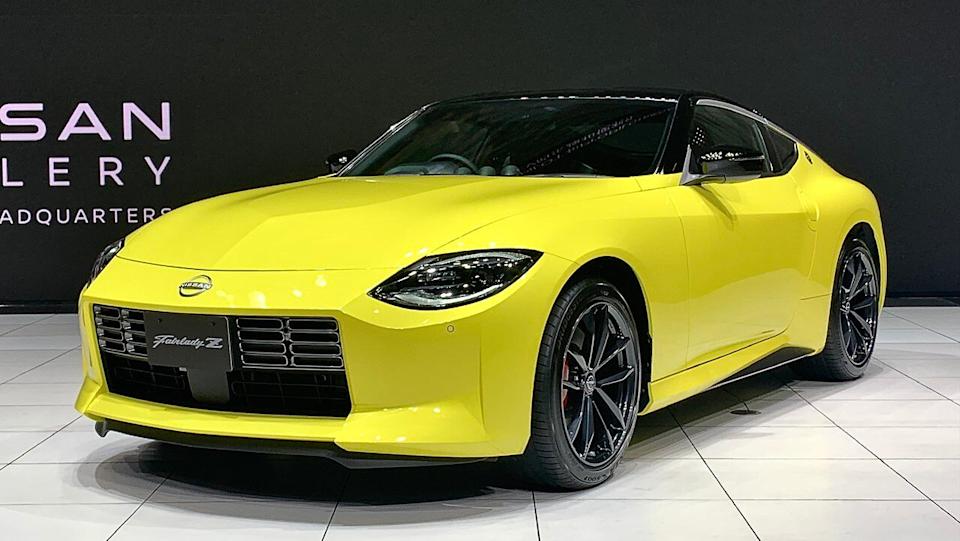
While the 350Z and 370Z utilized a “simple,” naturally aspirated V6 engine and offered little innovative tech, hinting at the original 240Z’s purity, the new Nissan Z (RZ34) is more like a modern take on the high-tech Z32. Nissan has given it a retro design as a beautiful nod to the Z heritage, blending elements of the 240Z and Z32. But everything is brand new and very advanced underneath its skin.
Like the 300ZX, the new Nissan Z features a twin-turbocharged 3.0-liter VR30DDTT V6 engine under its long hood, producing 400 horsepower. And in a move that made car guys collectively cheer, Nissan even chose to offer it with a proper manual transmission. It’s the Z that finally learned how to blend in (but still look damn good doing it), combining old-school cool with modern muscle.
An Unwavering Legacy
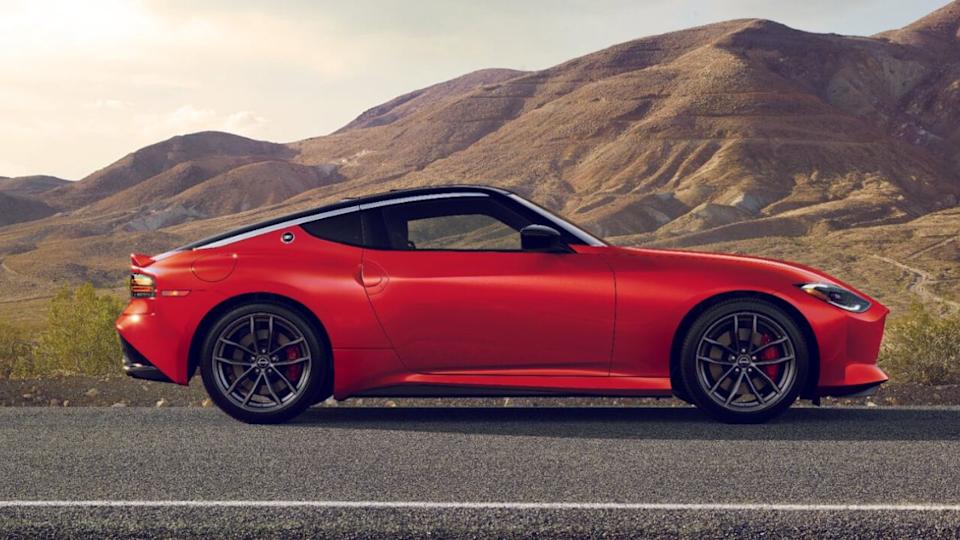
Whether you’re a die-hard Z enthusiast, a JDM fan who lives for import car shows, or just starting to explore the wild world of cars, there’s no denying the Nissan Z’s unshakeable place in automotive history. Its legacy is etched into the DNA of sports car culture, a story of evolution, occasional missteps, and glorious comebacks that continues to inspire drivers around the world.
From purists who obsess over VINs to collectors hoarding rare Z432s, builders pushing 2JZs into Supras (and sometimes Zs), to weekend cruisers just enjoying a top-down drive, the Z offers something for everyone who has a genuine passion for driving. It’s a testament to sticking with what works, even when you occasionally stray into unconventional designs or heavy, luxury barges. The Z lineage is wilder than your cousin's rap sheet, and it's far from over.
Like our content? Follow us for more.
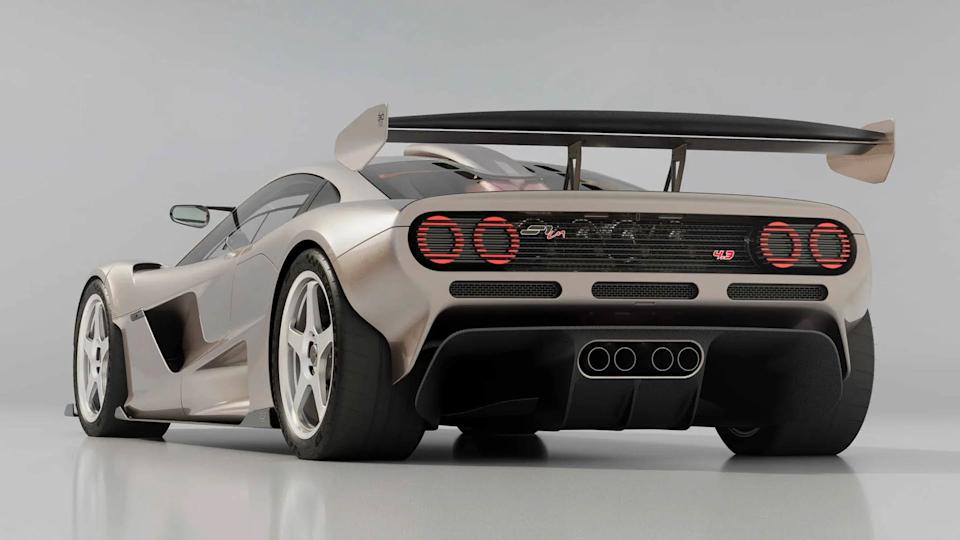

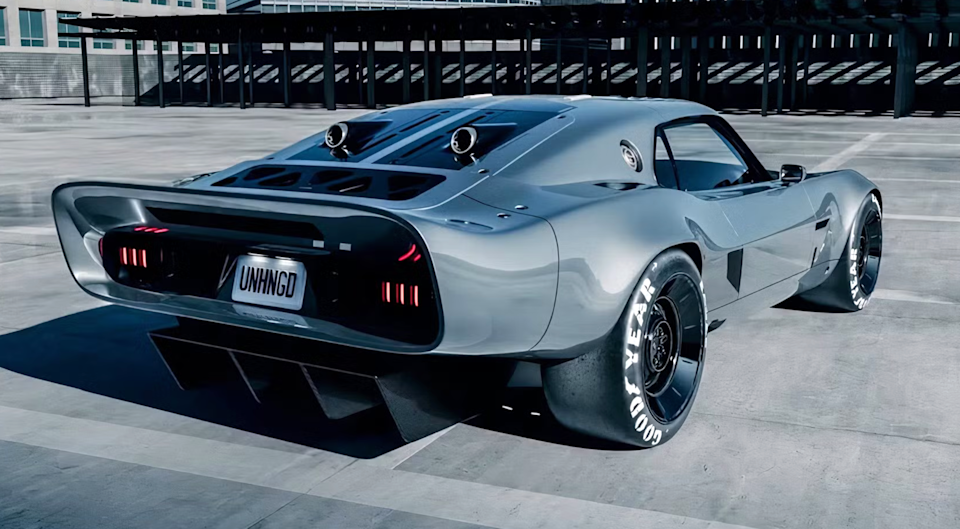

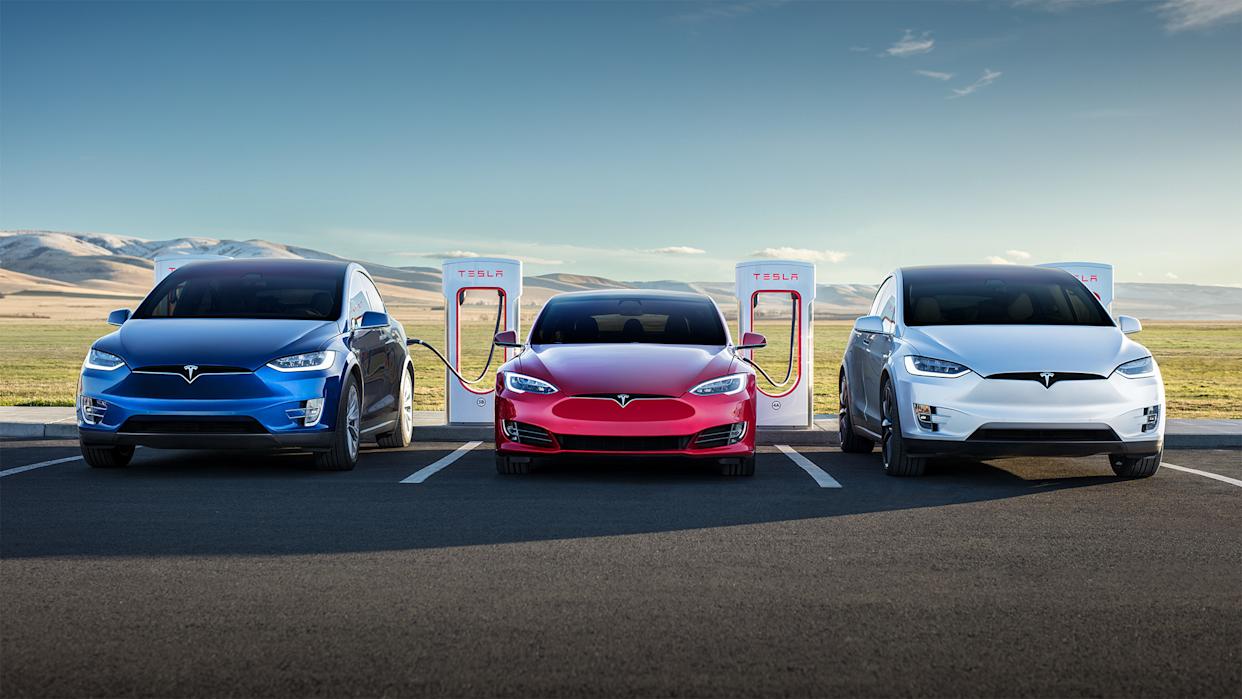
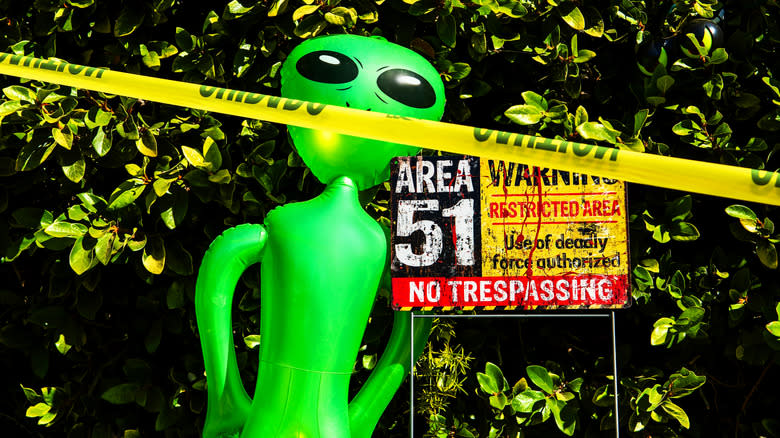
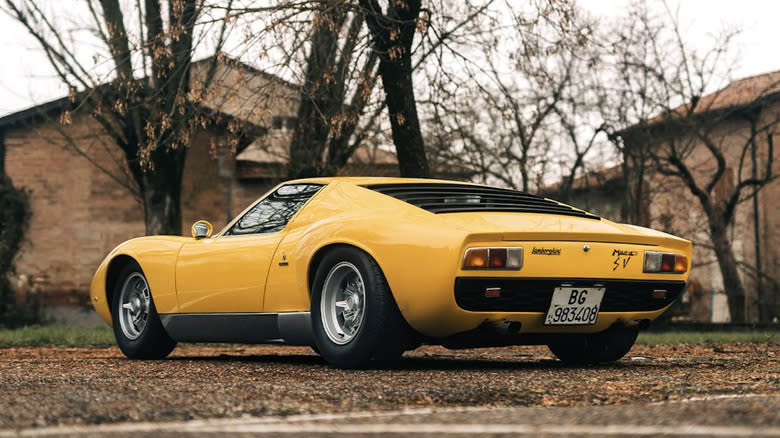

Comments